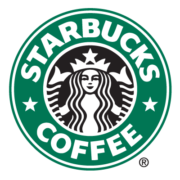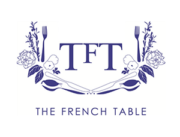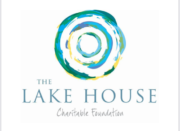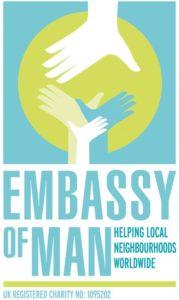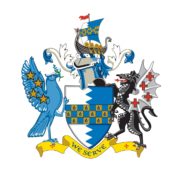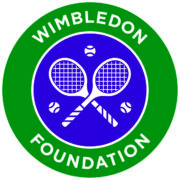A day in the life of a therapist
Claire Best is an FHT member who works as a massage therapist from her home in Herne Hill. Last year she trained as a volunteer clinical massage therapist at Full Circle Fund Therapies in St George’s Hospital, Tooting.
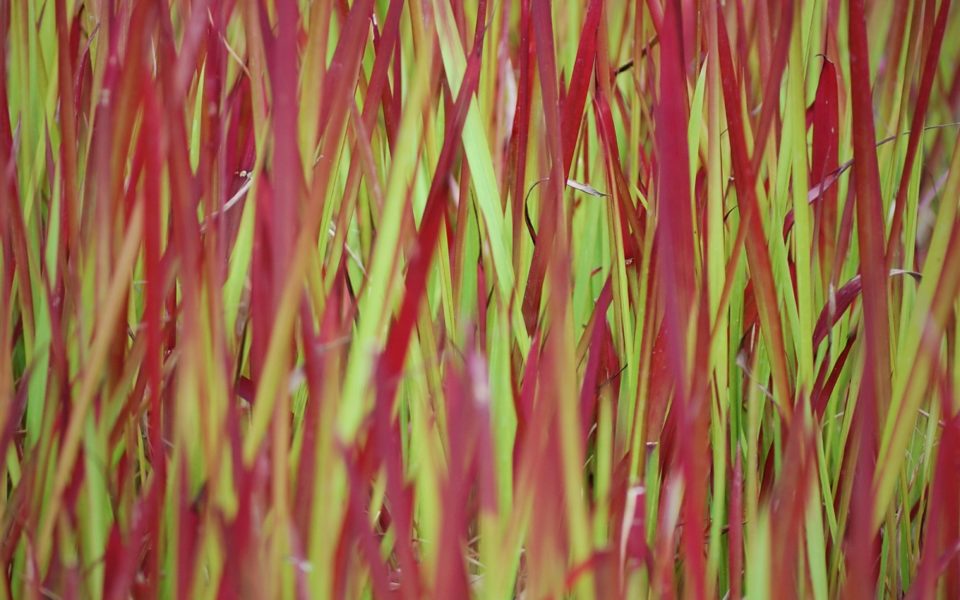
A Day in My Life
11.30am – I arrive at St George’s, sign my name in the volunteer register, change into my uniform and head off to the Full Circle Fund office where I receive a list of patients. Today on my list I have patients from 2 wards: on the first there’s someone with thyroid cancer and another with oesophageal cancer and on the second, two patients with Acute Myeloid Leukaemia (AML) and two with sickle cell disease (SCD).
12 pm – I sanitise my hands before entering the first ward and introduce myself to the nurse in charge. She gives me an update on both patients and checks their current platelet count for me. Protocol is not to massage someone with platelets less than 20k.
12.15pm – the first patient, who has thyroid cancer, smiles at me and writes down that they are feeling low. We agree to massage their lower legs and feet. I rearrange their pillows to support their head and shoulders. I put up the safety rails on the bed and raise it to an appropriate level for my own safety. I remove their compression socks and check for any contraindications. I begin a light-touch, effleurage-based massage using grapeseed oil. The patient smiles and nods to give feedback and shortly after closes their eyes. The massage lasts 20 minutes and by the end they have drifted to sleep, only disturbed by me lowering the bed back down and putting on their compression socks (this needs practise). I receive a smile and a mouthed ‘thank you.’
12.45 – I introduce myself to the patient with oesophageal cancer but they are being seen by medical staff and we agree that I’ll return later.
1pm – I head to the next ward where I have a glass of water. At reception the nurses are pleased to see me and I feel glad that I’m becoming a familiar face. I collect an updated ward list and check each patient for lines, contraindications and infectious conditions – I always see infectious patients last to avoid cross infections. I speak to a staff nurse who updates me on each patient and who provides me with their current platelet counts.
1.10pm – I see a patient with sickle cell disease who explains that their recent crisis is in the thoracic region of their back. I draw a curtain around the bed to give us privacy. They remove their t-shirt and lay down prone on the bed, head to one side. I raise the side rails and the bed before lowering the side I am working from. My intention is to give a 20-minute back, neck and shoulder massage. My pressure is gentle and my speed slow. The patient is quiet but tells me how good it feels. I respect their need for peace but occasionally check in for feedback on the massage. Towards the end I let them know that I’m finishing but they are already sound asleep. I cover the patient in a blanket, lower the bed back down and return the rails to their original position. I leave them sleeping.
1.45pm – between patients I like to ground myself and I’ve discovered that taking time over handwashing is not only protocol but extremely mindful. I also write up a few notes on each patient so I can record them later.
1.50pm – I go to see another person with SCD but they’ve been taken for an x-ray. Instead I go and see a new patient with AML. I find the patient quite subdued and they mention feeling low. They are keen to lie down for a back massage but there is a Hickman line delivering medication on the right side of their chest. We agree that the safest way to massage is not to remove their t-shirt and to have them lying on their left side in bed. I am cautious of the line as I raise the bed. I start with gentle holding techniques to reassure and calm. I use gentle petrissage on their shoulders and neck, avoiding working near their line, and finish by gently massaging their head. The patient is sleepy throughout and whispers thank you as I cover them in a blanket and let down the bed.
2.15 – I write a few notes on the last patient and see that I have time for one more patient on this ward. I give myself a moment to do some slow breathing, connect with my feet, stretch out and wash hands.
2.20 – This time it’s a patient I’ve seen before with AML. They are just waking from a sleep and expecting visitors but agree that a foot massage would be lovely. I draw the blind in the window of their room. The patient is wearing their own socks, which I remove and leave to one side. They are very talkative throughout. I listen, occasionally interject, but maintain my focus before returning their socks and covering their feet in a blanket.
2.35 – more notes and a chance to pass on any information to the nurses before having another drink of water
2.45 – back on the first ward, the patient with oesophageal cancer is already sitting out of bed and writes that they are keen on having their shoulders massaged. We agree on a seated massage. I collect a chair which I wipe down with anti-bacterial wipes. I draw the curtain around their bed for privacy and massage the patient’s shoulders, neck and head, being cautious to work posteriorly. I recommend some water and a rest. Smiling, they mouth, “Fantastic, thank you.” Not wanting to go to bed, I see the patient safely back to their armchair.
3.10 – before leaving the ward, I clean the chair I used, wash my hands and thank the nurses for their assistance.
3.20pm – in the office I have a short debrief with my colleague and mentor before recording the times of my treatments on the hospital computer system and noting details of each treatment in the patient files.
5pm – the cycle ride home gives me an opportunity to reflect on my day. I feel a rush of joy and gratitude at having been given the opportunity to work with people at their most vulnerable. I also feel pride and contentment for getting to this point in my massage career.
6pm – I throw my hospital clothes in the washing machine for a hot wash, have a long shower, moisturise my hands and eat dinner.
Today has been a good day!

